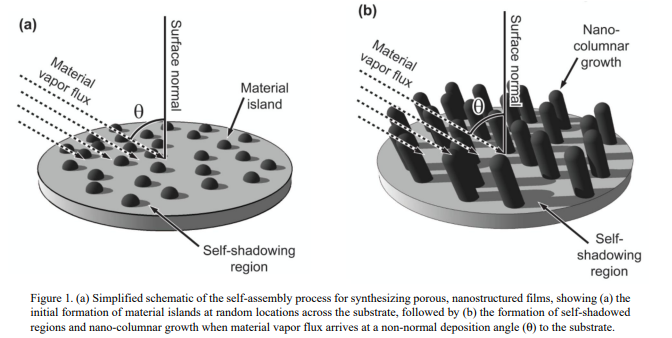Could you help me simulate Nano-Structured Anti-Reflective 'coating' on lenses?
Solved
Nano-Structured Anti-Reflective Surfaces
Best answer by Sandrine Auriol
Hi Aleksandr
These kind of structures are very small so pure geometric optics is not applicable and our coatings do not allow for these kind of definition. One of my colleague has worked on a dll to model the grooves of the surface of a relief grating Simulating diffraction efficiency of surface-relief grating using the RCWA method. Maybe you could use it to describe the structure as shown on b.
Another possibility would be to get a measure of these structures and describe them in terms of scattering.
These are the main two ways I can think of.
Sandrine
Enter your E-mail address. We'll send you an e-mail with instructions to reset your password.







